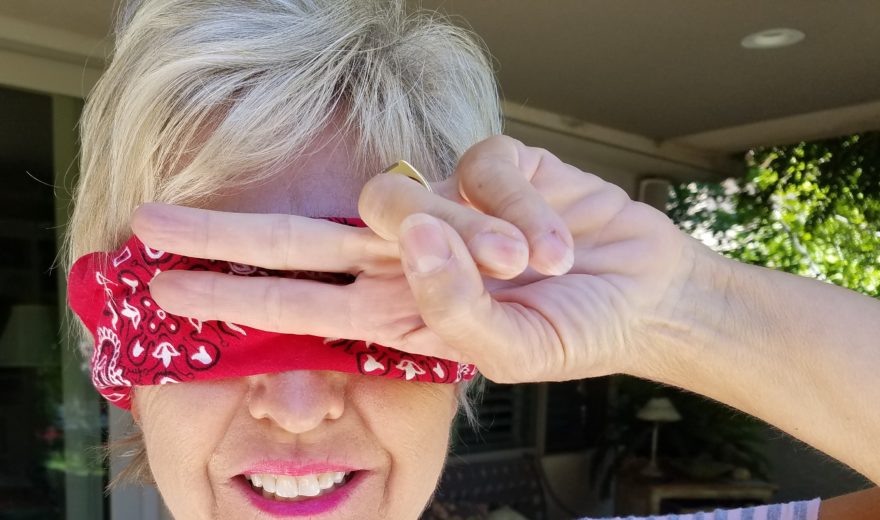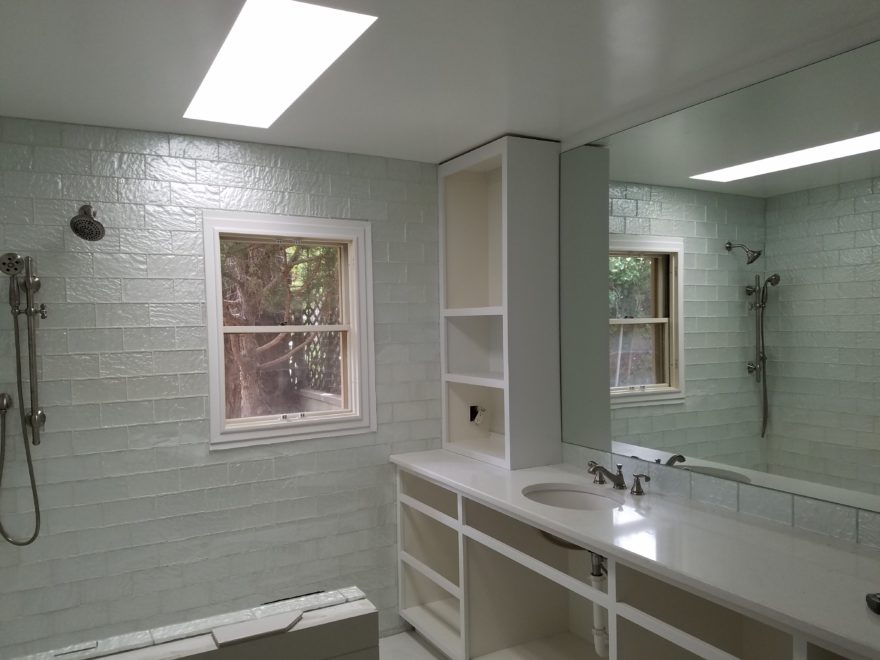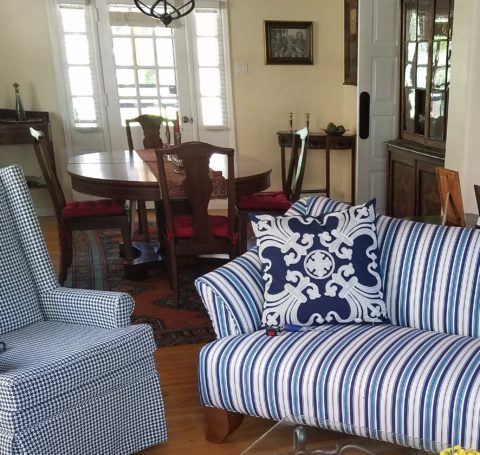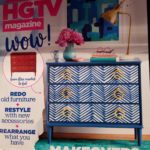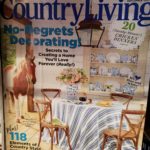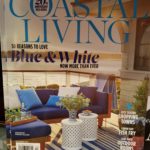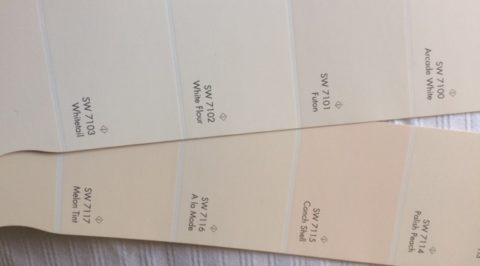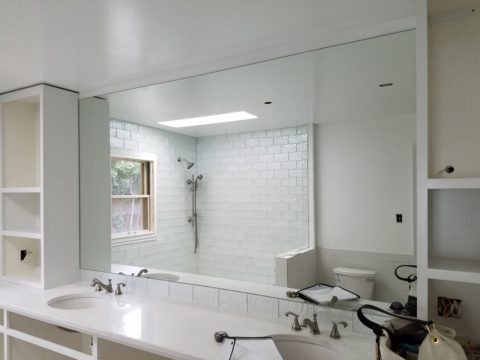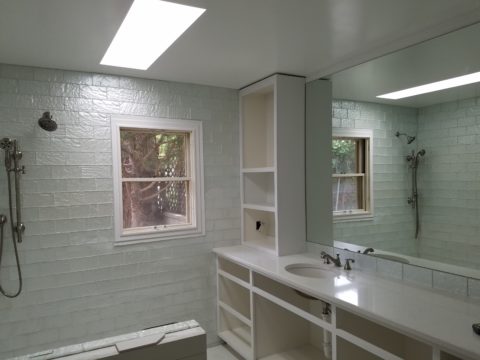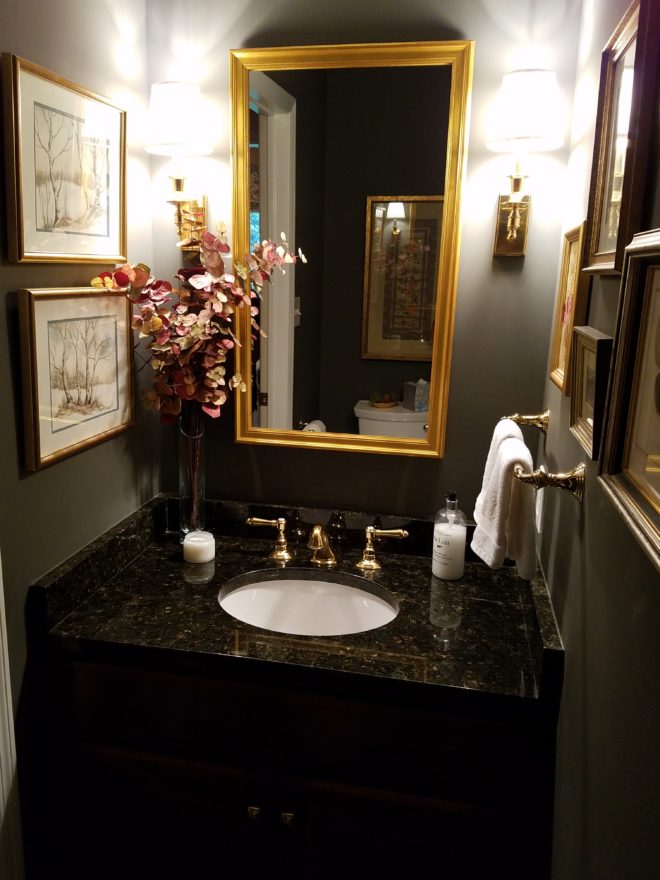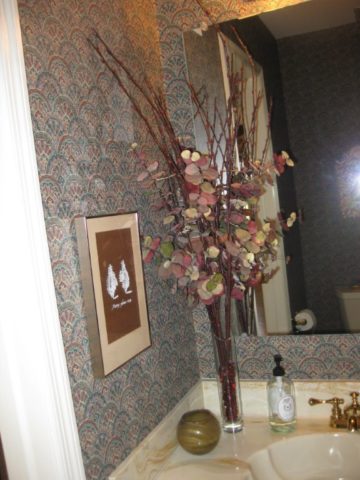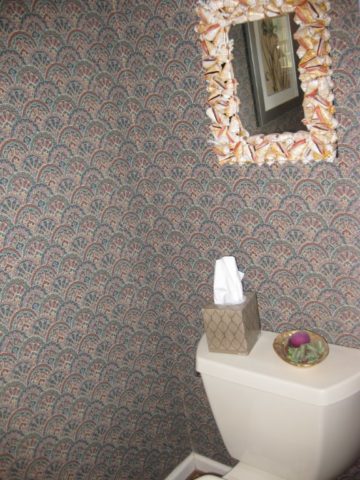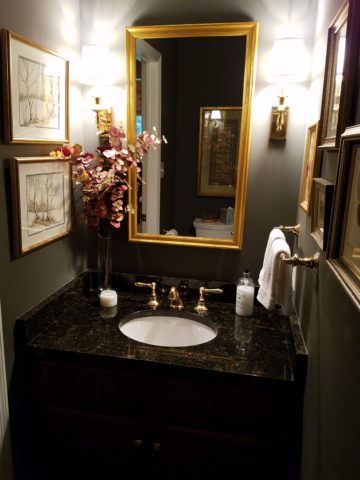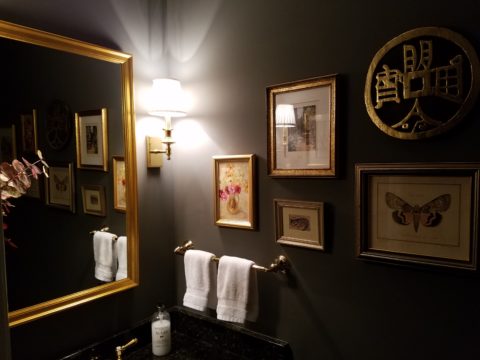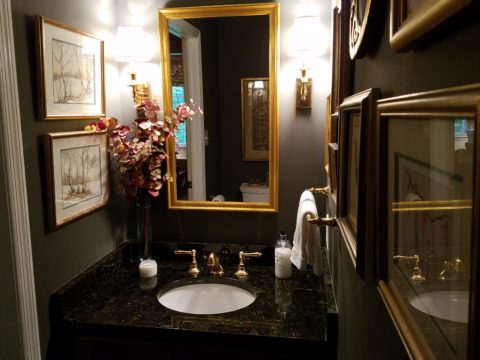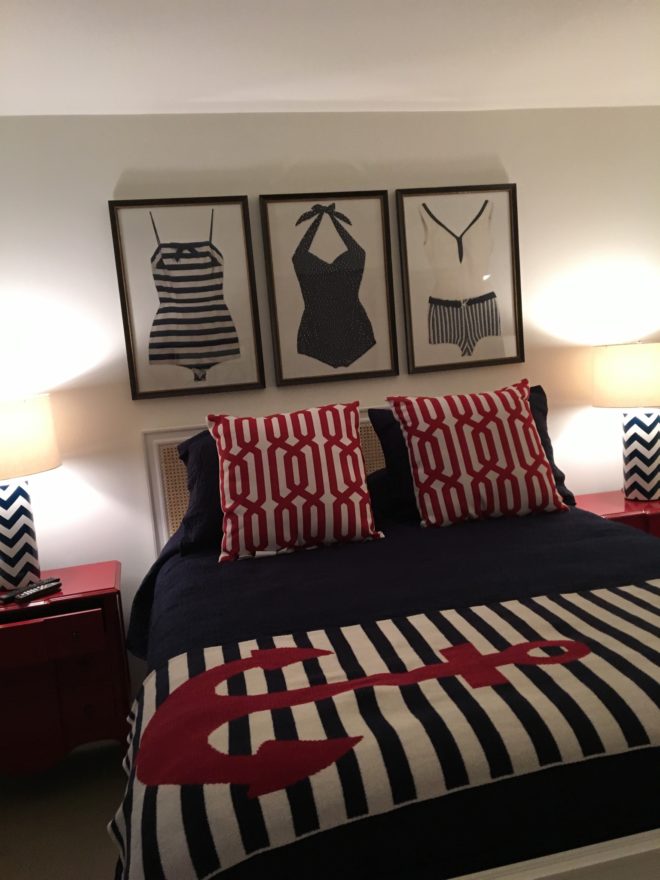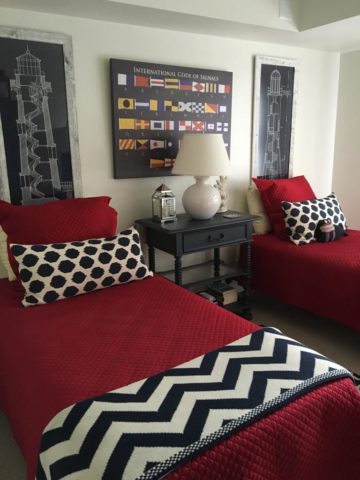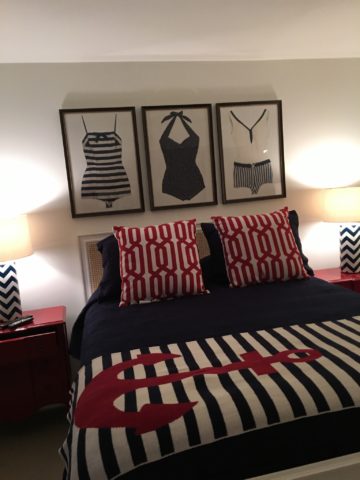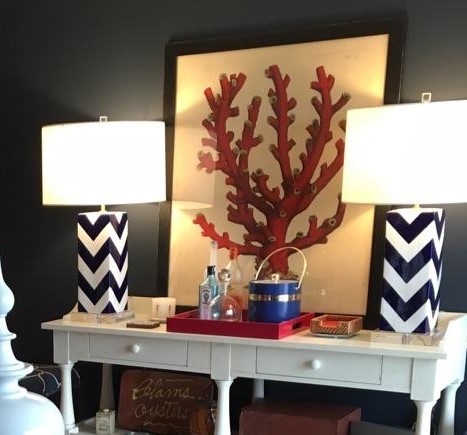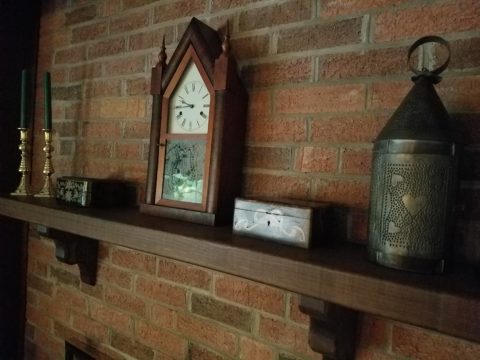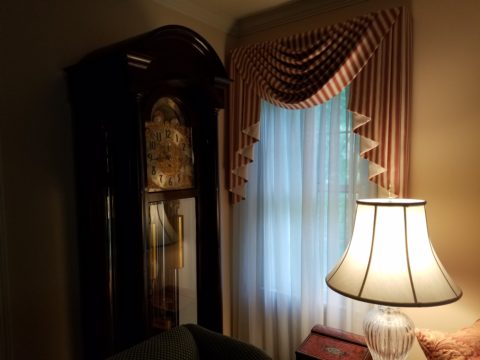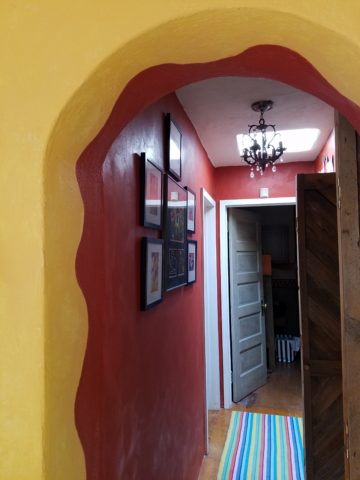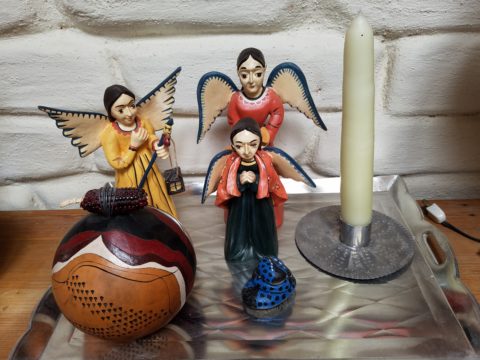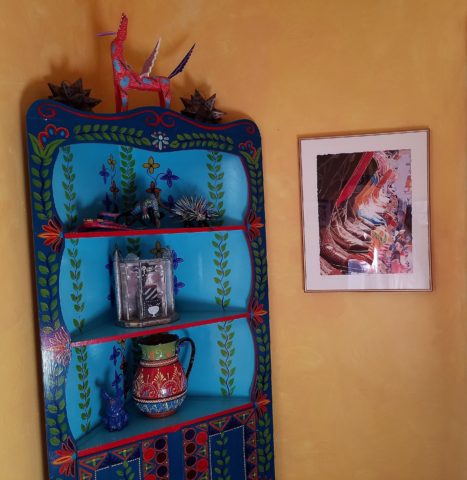Have you ever had someone ask you to cover your eyes and then there is an anticipatory pause as you stand there anxiously or they guide you – no peeking – in your temporary darkness, to a point where they say “you can look now!” and you do so with great anticipation? The elements of surprise and discovery are put into play to create drama. Hopefully, the unveiling is met with the positive reaction that the presenter had in mind.
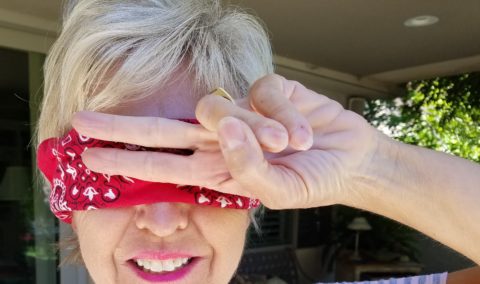
Recently I was called to the home of a wife and mother with a dog. Only she was in evidence and present for this meeting.
Her initial contacting our office and brief correspondence prior to meeting was done via email regarding her introduction and retaining me to assist her with her newly acquired home. Her first concern, conveyed even before we met in person, was one of achieving a “cozy” interior.
The home’s contents were partially dismantled as the original owners were in the process of boxing up and moving out. In all fairness, despite the unfurnished state, it was devoid of mystery or interest. It did offer a commanding view of the mountains seen very closely through an expansive north facing wall of glass. But as magnificent as the unrestrained scene was, the drama might better have been revealed by invitation rather than seen in its entirety, from outside the un-obscured glass front door and large flanking sidelights straight through the house and without interruption. This presented an exciting opportunity.
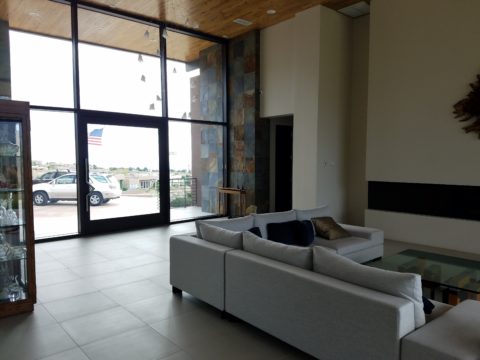
By invitation, I mean selecting who sees into your home and how far. Who sees the intimacy of the interior and the would-be personal vantage-point of the dramatic scene. The opportunity was to control this drama and give it even greater impact by concealing and revealing. The opportunity to create a design which offered privacy, bit of mystery and discretion – with the ultimate revelation of the startling glass wall and jaw-dropping view.
This sketch by architect Matthew Frederick illustrates the effective use of “denial and reward” to enrich the approach to the ultimate unveiling of the destination.
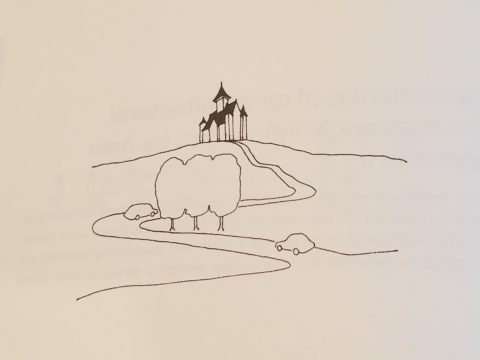
This home I’m describing offered little or none of these characteristics to entice the guest/viewer and, with that, certainly defied the word cozy.
The objective, as originally stated by my client, was to achieve a cozy interior. Presented with all hard surfaces of stone, tile, steel and glass, the problem seemed obvious, offering possible solutions was my task.
When I suggested a partial-height point-of-arrival wall be constructed inside the entry to stop the view and allowing one to assess and receive the guest and/or conduct a transaction, I was instantly met with “Oh, but it’s that view that my husband loves! He wouldn’t go for that.” And I’m thinking…but seeing all from outside the front of the house straight through and out the other side?
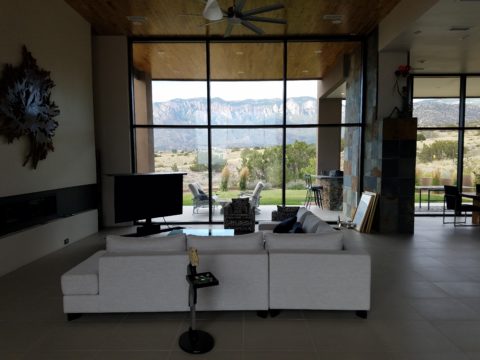
First roadblock. He who has strong opinion and, in his absence, is inserted into the conversation, without benefit of thoughtful exchange, strongly suggested that further evaluation of this option seemed moot. This through-space seen in its entirety, without interruption from outside the front door to the back of the house, was totally transparent and the representative (she) of the team was referencing his seemingly over-riding preference, in contrast to her stated concerns…cozy. Not to mention private.
To create a successful design, it is important to consider contrasting elements. All hard surfaces begged for softening counter-balance. Transparency suggested the need for partial obscurity – at least at the point-of-arrival.
Wouldn’t it be interesting to obscure some of that magnificent view from anyone who approached the door and rather invite those so chosen to discover the mystery and drama once they’re brought into the space? This addresses both privacy and drama with greater sensitivity while beginning to address cozy, by concealing the living space from public view.
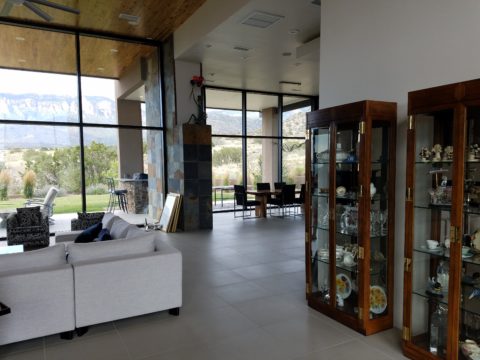
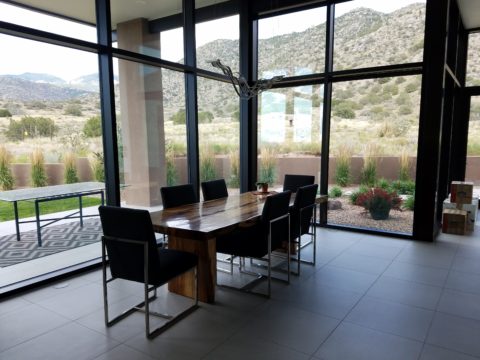
Un-obscured glass on the back of the house is the private drama. Seeing the view from inside and connecting the outside to inside, for personal enjoyment is unique. By allowing only family and guests be given that vantage point, from the interior and private backyard exterior to the inside, is the privacy bonus. Drama and privacy achieved.
As with most things in life, you get more punch from the element of surprise. To have guests arrive, be received and then invited to proceed, to experience the drama, is far more effective than seeing it all without the heightened expectation or even unexpected surprise.

